Welcome to the Weekly UAS News Update. We have four stories for you this week: a new drone act in Congress (yes, yet another one), Airmap adding SGI support, the DAC recommends a change in stadium TFRs, and lastly, a new DJI Agras. Let’s get to it.
Proposed Drone for First Responder Act
First off is the soon-to-be-proposed Drone for First Responder Act, not to be confused with DFR (Drones For First Responders), which is actually something that’s useful, unlike this bill. Introduced by Elise Stefanik, a New York Republican, who was behind the proposed DJI full ban that we discussed a few weeks ago (that a lot of you responded to). So you know that we’re in good, capable hands here.
The new act aims to transition public safety operations away from Chinese-made drones by increasing tariffs, providing grants to purchase US-made drones, setting a limit on when imported drones must not contain Chinese drone parts (which would be in 2030), and providing grants to US manufacturers. There’s no word on if US manufacturers will be able to produce the same amount of drones or what will happen if production is limited.
The act also claims that drones manufactured in China have a risk for potential data vulnerability. I’m going to ask the same question that I’ve been asking for the last few years, where nobody’s apparently able to give an answer: if they are a threat, why are we allowing them to be used for the next six years under this proposal and many other proposals?
Keep in mind, this is not a bill just yet, nor a legislative proposal. It’s just going to be subject to change, hopefully. We don’t have the bill text at this time, so we’ll let you know when we hear more, but you can read the article down here for more information.
AirMap Adds SGI Waiver Requests
Second story this week: AirMap has added automated SGI waiver requests into AirControl. In case you don’t know, SGI stands for Special Government Interest. SGI waivers allow for public safety operations and other UAS operators to fly emergency operations that may require entering a no-fly zone or restricted area, or even to fly beyond visual line of sight.
To get an SGI waiver, the department or operator has to call the Federal Aviation Administration (FAA) SOSC. AirMap’s AirControl is now approved to provide these waivers as needed. This should actually help public safety agencies a ton, and those that operate as volunteers. So, thank you AirMap for doing that.
DAC Recommends Changes to Stadium TFRs
Next up is the Drone Advisory Committee (DAC), which Pilot Institute is actually a part of, along with other members including AirMap (we just talked about them) and a few others, recommending changes to stadium TFRs. Stadium TFRs actually, believe it or not, close over 125,000 square miles of airspace every year and impact thousands of legitimate UAS operations. I’ve talked about this in a lot of different shows and videos.
The fact is, these stadium TFRs are very difficult to actually find because not every single one of them is published. There’s one single NOTAM that publishes for all the different games and sporting events that happen. The DAC’s recommendation includes a drone-specific TFR that would actually limit to the fence line of the stadium, reducing the restriction by 99% to just 11 square miles. That would be much easier for operators to know that these are going on. But not only that, obviously it would reduce the size. Let’s say you’re 2 or 3 miles away from a stadium. You might not even know you’re 2 or 3 miles away from a stadium, and not only that, that there is actually a game going on at that time.
So you could get in trouble without even knowing that you are in a TFR, because it’s not published directly on the chart. We’re hoping that these changes will help. Keep in mind, this is just a proposal that is being done to the FAA. We don’t have regulatory power, but we hope that somebody listens and makes some changes.
New DJI Agras Drones
Last up, DJI is continuing to release new drones. This is a slightly bigger drone than we usually talk about on this show, but the Agras T25 and the Agras T50 were released this week. Along with these new Agras, DJI released Smart Farm (and no, it’s not one of those games on your phone) which allows for plot management and also daily operations.
The new T50 comes with active phased array radar, a 4-sprinkler kit, and 9-minute fast charging batteries. That’s right, 9-minute fast-charging batteries – that’s pretty crazy for a drone that size. The T50 has either a maximum payload of 50 kg of spreading payload or 40 kg of spray payload, and can spray 50 acres per hour. We’ll keep you updated if we see more from DJI, but that’s a big drone.
Alright, that’s it. You have a great weekend and we’ll see you next week on Monday for the live show.




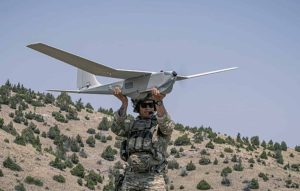



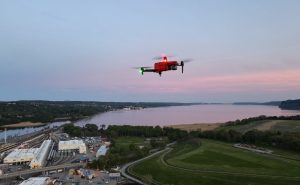


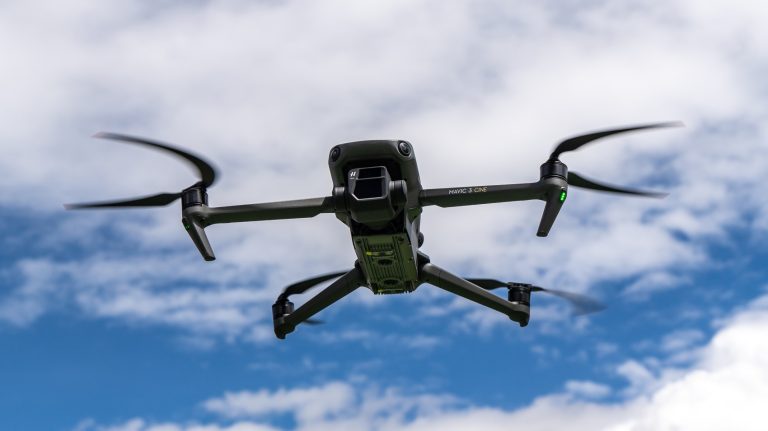



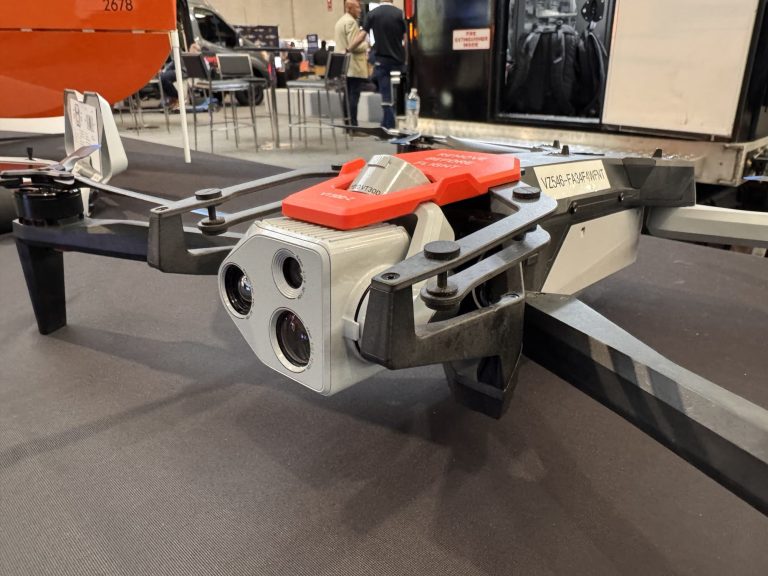
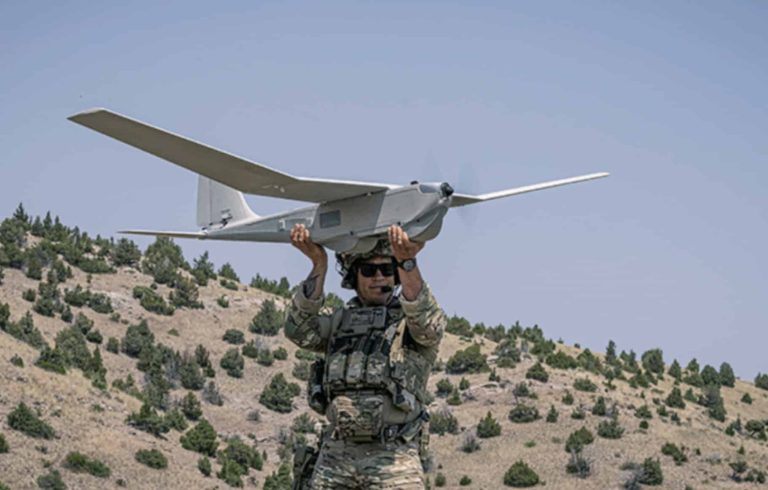


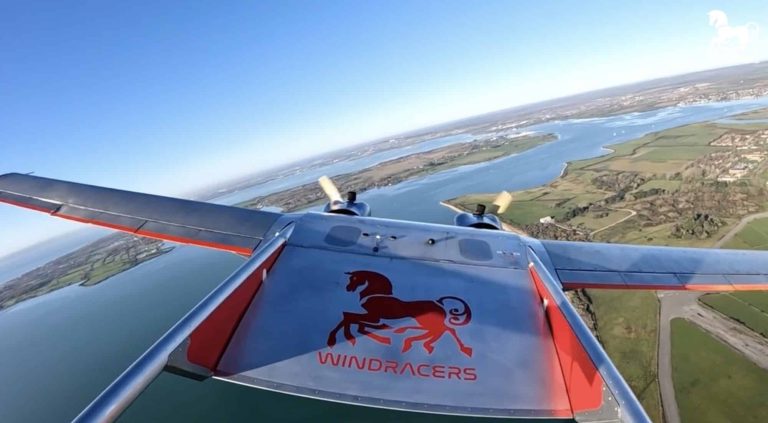
+ There are no comments
Add yours